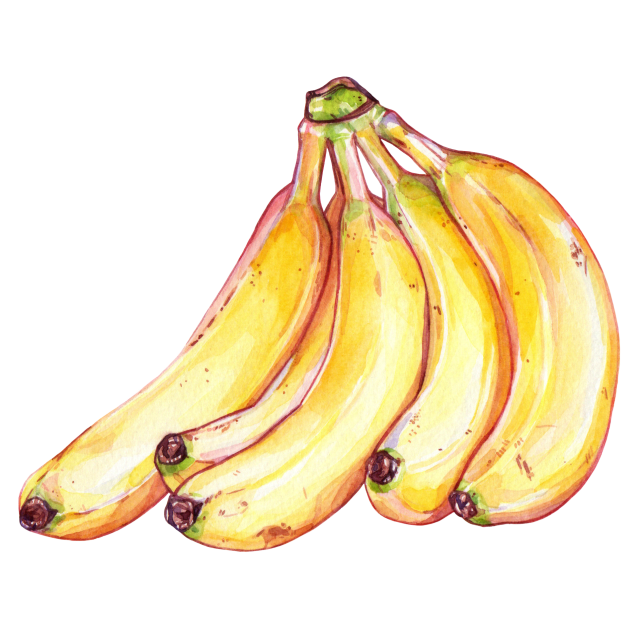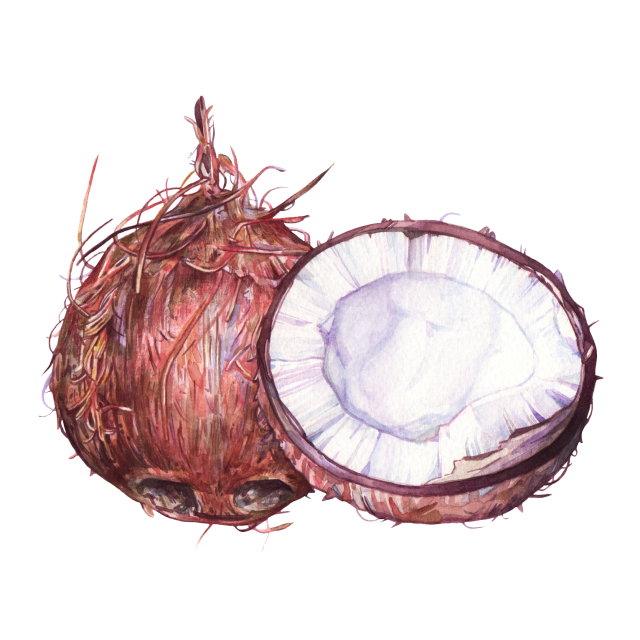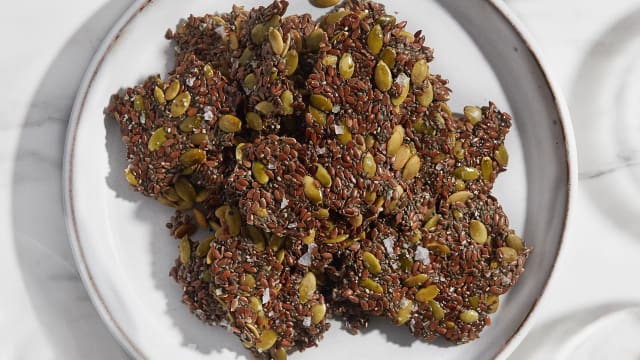Chia Seed

Ingredient: Chia seed
Latin name: Salvia hispanica (also S. columbariae, S. polystachya, or S. tiliifolia)
Other names: basil seed
Uses: edible seed, food thickener, windowsill pet
What are chia seeds?
Chia seeds are the seeds of a flowering plant in the mint family (Lamiaceae). Though it’s sometimes called “basil seed” it’s technically closer to sage, with whom it shares a genus. Their main trick is that they have a thin mucilaginous coating that swells when it contacts moisture — don’t eat them dry or them can swell up in your throat and choke you! The seeds look like tiny oval-shaped pebbles, grayish beige with black streaks.
Why are chia seeds healthy?
Besides being an excellent source of heart-protecting omega-3 fatty acids, chia seeds are high in several antioxidants such as quercetin, kaempferol, caffeic acid, and chlorogenic acid that all help fight oxidative damage to cells.
Chia seeds are also high in fiber, making them a great supplement for maintaining gut health and balancing blood sugars. But folks with IBD and Crohn’s disease should avoid them if they are having a flare-up. Chia seeds are also rich in B vitamins and minerals that support healthy bones including calcium, magnesium, and phosphorus.
What do chia seeds taste like?
Chia seeds have a mild, nutty flavor and crunchy texture similar to poppy seeds. When they’ve absorbed liquid, the seed coat will swell up and gelatinize, making their flavor more neutral. Grinding the dry seeds brings out their nutty and earthy flavor.
How do I use chia seeds?
Raw and dry, you can add chia seeds to baked goods and smoothies and they’ll naturally absorb moisture, activating the gel on their seed coat and making their fiber easier to digest. If you prefer to soak them first, you can use them to thicken salad dressing and pudding without any animal products.
What do chia seeds pair well with?
Because they’re so neutral in flavor, chia seeds go with pretty much anything. They’re best when you lean into their delicate nutty flavor, like in wholesome banana bread or granola. They’re great with coconut milk, dried fruit, granola, and honey as a dessert or breakfast.
Where do chia seeds grow?
Chia is native to Mesoamerica — the seeds were cultivated as a staple food by the Aztecs in pre-Columbian times — and Paraguay exports the majority of the global crop today.
How to buy chia seeds:
You can buy chia seeds in the baking aisle of most well-stocked grocery stores (they’ll be near the non-wheat flours and nut meals), or you can find them for a much lower price in Asian grocery stores, where they’ll be labeled “basil seed.” Store them in an airtight container in a cool, dark place.
Fun chia seeds fact:
“Ch-ch-ch-chia!” If you grew up in the United States any time after the early 1980s, you’ve probably encountered the Chia Pet — a ceramic sculpture with a rough terra cotta surface onto which you spread a slurry of soaked chia seeds. Water it for a few days and wait eagerly for them to grow into Bob Ross’s afro or a ram’s wool. You can sprout chia seeds in food-grade sprouts kits (or even a mason jar) and eat them on salads or in sandwiches like any other sprout.




